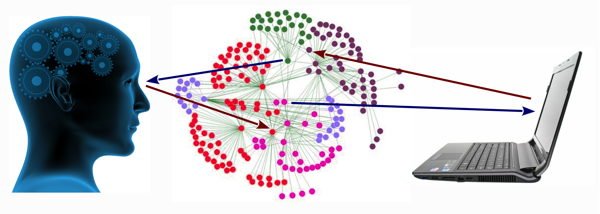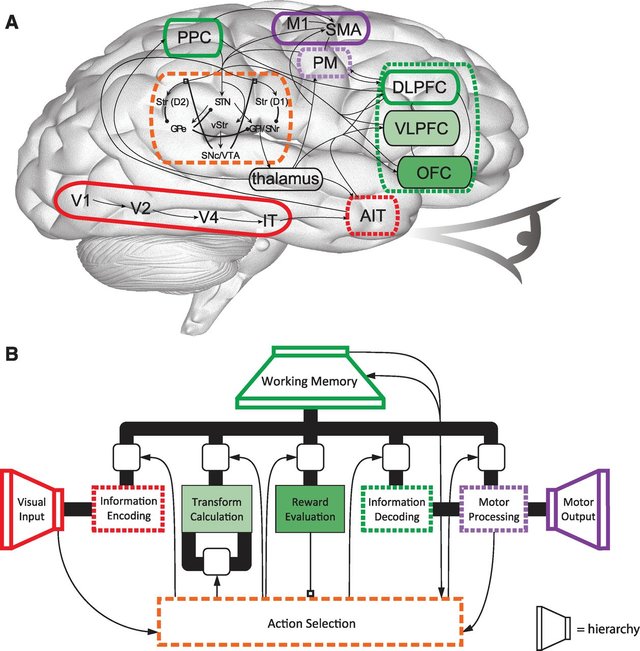Artificial Intelligence - Shortfalls Of Deep Learning and The Path To The "Third Wave" Of AI

From what I have learned about artificial intelligence is that , although we have been making great strides with the technology. We have yet to fully break through into the "third wave" of AI. Currently the Machine Learning(ML) systems employed by the biggest corperations in the space are indeed representations of some great progress being made within the Second Wave of AI. These Machine and Deep Learning(DL) systems have made great progress in the realms of image classification , spacial recognition and character recognition. However while these systems can effectively solve certain problems , by thier very own design they are incapable of functioning in a manner that is outside of thier ability to complete very specific tasks in a highly specified pre-programmed manner. For example a DL/ML system can be optimized to play a game of Chess at a very high level, however that system would be rendered absolutely useless if it were asked to perform a task outside that narrow domain of Chess. These sytems which are based on algorithms designed to predict events or solve problems are limited in that they need to have every function and ability pre-programmed. Therin lies the problem with ML and DL systems ; they are unable to adapt , learn on the fly and rely on huge amounts of extrememly resource intensive 'labeling' and 'training data'. These inherent traits are what limits them from breaking out of the second wave of AI . These systems simply dont have what it takes to achieve to be what is required to breakthorugh into the third wave of AI.

In order for there to be a true artificial intelligence which functions much more like the human brain's cognition there needs to be breakthroughs in Natural Language Processing , the key to unlock human intelligence is quite inarguably the cognitive handling on a bio-neurological level towards semantic data; the spoken word or natural language . For a true artificial human-like intelligence to exist , it must be able to teach itself , learn from its environment and more importantly do this via its ability to understand Natural Language.
While the many mega corporations, Amazon , Google, Apple, Samsung and IBM are devoting a lot of resources in the development of Ai they are still focusing on furthering Machine Learning to be able to successfully complete more complex tasks with more complicated algorithms. This makes their development still largely a part of the "second wave" of Ai. The reason these companies do not choose to pivot to alternate methods regarding the development of Ai is their ability to access the enormous and extremely expensive data sets of which they have ben collecting for years, also these large companies are often times crippled by their sheer size and inability to shift resources to a better approach as it is much more convenient for them to continuing to try and optimize their already heavily invested ongoing systems as opposed to diverting resources to a whole new and unexplored methodology. So while they continue to pursue second wave technology in the hopes of being able to perhaps optimize it to the point where it will be robust enough to handle a wide array of problems , realistically this strategy will not work forever. With the advancements being made in alternative AI systems such as the 'cognitive architecture ' methodology is proving to be capable of filling the very large gaps where ML and DL is lacking. More specifically in the regards to the ability to process natural language.
When you think about how the human brain is able to learn , picture an infant during the first years of life; the most prominent fundamental in the infant's development of intelligence would have to be when he learns how to understand and retain his first words. Once the infant has the ability to understand their first word and associate that word with something that exists within its external environment , the effect becomes exponential and while building upon that initial understanding of a word he is able to start cognitively processing more words and in a canonical structure which proceed to then be indexed into memory for recall later on neural linguistics can further define this highly complex and mesmerizing ability of the human brain. In such a malleable environment like the human brain , especially the developing human brain the memory modules form in a symbiotic arrangement which not only retains but is able to order the inputs in a way that gives varying relevancies to each new word or input. While spacial cognition , optical sensory recognition as well as other instinctive and survival based functions are needed for humans to exist and survive in our given environment, it is language recognition that lies at the base of human intelligence.
Researchers, computer scientists , linguists and cognitive neuroscientists agree that to truly emulate the human brain, a cognitive framework which had yet to exist, one with the ability to process the spoken word in a human like fashion is required. A true artificial intelligence is one that can mimic the function of innate and complex neurological mechanisms that are responsible for processing the input of natural language and then in a quite beautiful fashion cognitively arrange special memory structures capable of complex handling and equipped with an input and output function. In the presence of reality, we are in an environment where the most (known) proficient way to interact with our fellow species is enabled by interacting using words ; our natural language This describes how we are able to listen to someone speak (receive inputs) and in a conversation output relevant words which are representative of our understanding as well as our will to further enhance and fine tune our understanding . The brain is able to do this in a manner that allows for the input words , held in memory to be able to not only recall individual words , but string these words together to form an output that is understandable by another human ; phrases , definitions , associations and attributes eventually lending itself to what we know as conversation , according to the study of linguistics this is what is responsible for the ability to learn and become intelligent.
During the understanding of natural language , the spoken word , we are constantly processing new and old inputs while simultaneously indexing and re-indexing these inputs within the responsible memory modules it is this comprehension which lays the basis for how we are able to gain intelligence and perhaps even artificially re-create human intelligence.
Intelligence in the sense of human level cognitive function is based on the ability to understand and retain one key element that is Natural Language it is a problem Ai researchers have pondered over for years . As more people in the field begin to realize that the current approach is not a silver bullet and will certainly not get us into the third wave , there will be more light shed on the emerging success of certain cognitive architectures which base intelligence in the semantic structures of the spoken word.
Here is a link to an interesting Podcast which discusses just this. Aigo.ai founder and CEO Peter Voss Sits down with Host of techblogwriter.co.uk and does an insightful interview. - http://techblogwriter.co.uk/aigo/